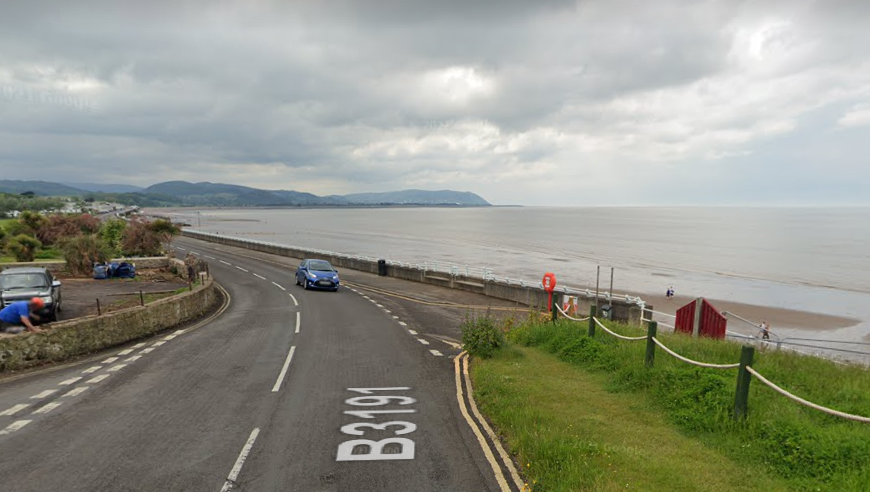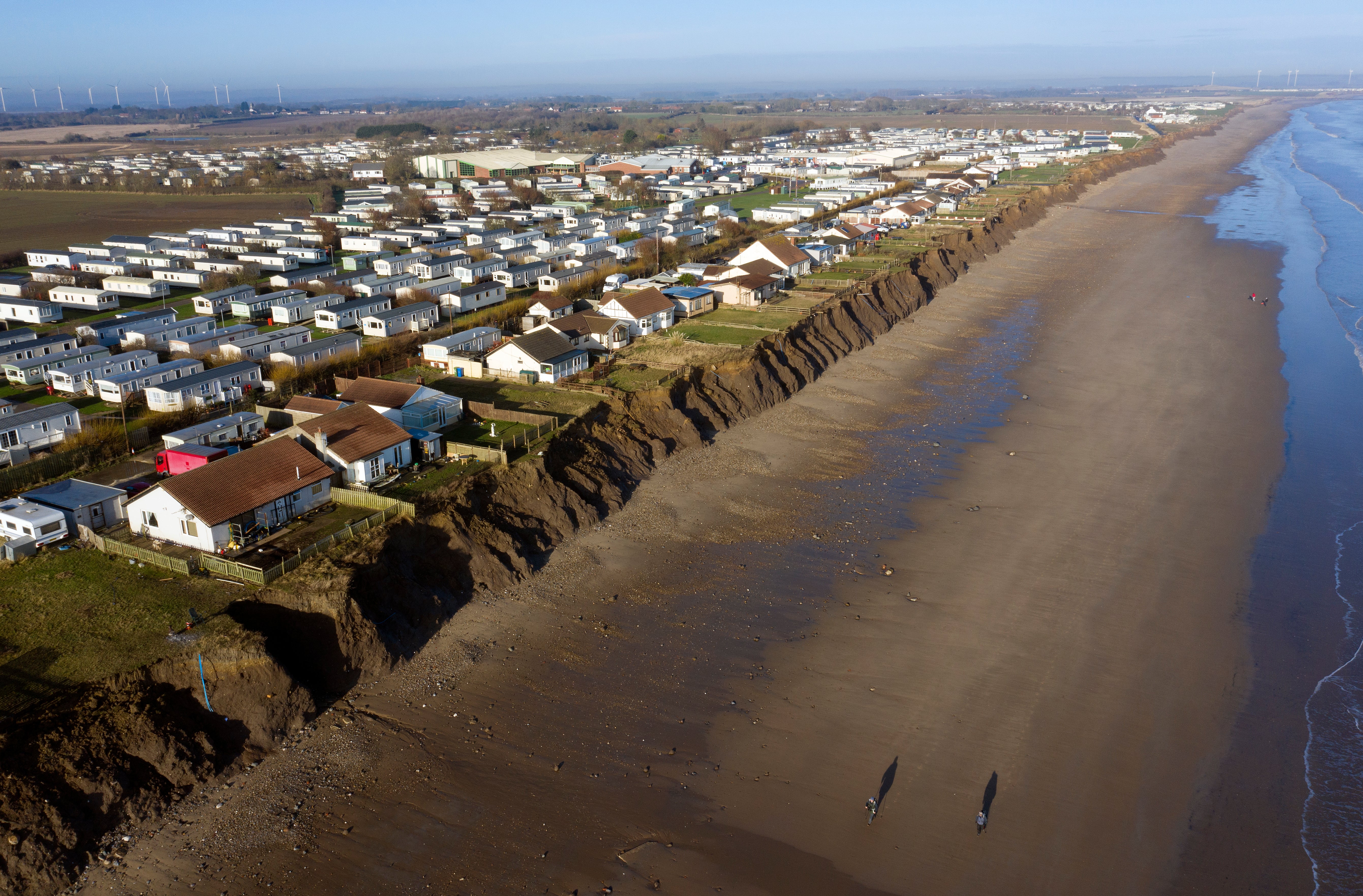Coastal road in Somerset to stay closed ‘indefinitely’ before it ‘disappears’ into sea
Part of the B3191 road in Cleeve Hill, Watchet near Minehead has been closed since the middle of January

Your support helps us to tell the story
From reproductive rights to climate change to Big Tech, The Independent is on the ground when the story is developing. Whether it's investigating the financials of Elon Musk's pro-Trump PAC or producing our latest documentary, 'The A Word', which shines a light on the American women fighting for reproductive rights, we know how important it is to parse out the facts from the messaging.
At such a critical moment in US history, we need reporters on the ground. Your donation allows us to keep sending journalists to speak to both sides of the story.
The Independent is trusted by Americans across the entire political spectrum. And unlike many other quality news outlets, we choose not to lock Americans out of our reporting and analysis with paywalls. We believe quality journalism should be available to everyone, paid for by those who can afford it.
Your support makes all the difference.A road running along the coast in Somerset is staying closed indefinitely as it will eventually “disappear into the sea”.
Part of the B3191 road in Cleeve Hill, Watchet, has been closed since the middle of January and the decision has been made to keep it closed.
Somerset County Council said the road will stay shut as the land movement on the cliff is “terminal”. They added that it is unlikely that stretch of road can be saved.
Heavy rain last month sped up the coastal erosion on that stretch of England’s coastline.
Recent inspections found that it is “inevitable” that the road will face further erosion and so it cannot be safely reopened unless major work is done.
Although the council has a team exploring the possibility of using funding to save the road, it said that option is unlikely because it would be very expensive.
On a practical level, the workload involved with saving the cliff would also be massive.
For the time being, the English Coast Path, which the closed road was part of, has been diverted.
And Somerset Council is currently looking at building cycle and road connections so that both residents and visitors can access Watchet easily.

Councillor Mike Rigby, Somerset Council’s lead member for transport and digital, said: “The situation with land movement in this part of the cliff is terminal, eventually the road is going to disappear into the sea.
“We understand people’s concerns about losing this road and have invested £4 million in works at Blue Anchor to safeguard road access for businesses and residents in the area, so that they will have an alternative route for the long-term.
“There are a couple of options laid out by our engineering experts which could potentially save the road but we have to be clear, these would be a significant in terms of undertaking and scale and with a price tag running into the many millions.”

It comes as it was announced last year that two coastal communities would receive a £36m cash injection to boost local trials of innovative ways to adapt to the effects of erosion.
The funding forms part of its £200m Coastal Transition Accelerator Programme and will focus initially on East Riding of Yorkshire and North Norfolk.
The money is going to the two areas for communities on parts of the coastline that cannot be sustainably defended from coastal erosion.
As well as putting in place forward-looking preparation and plans, both areas are being urged to trial several more immediate remedies to bolster the long-term resilience of coastal communities.



Join our commenting forum
Join thought-provoking conversations, follow other Independent readers and see their replies
Comments